Jupiter
Jupiter is the largest planet in our solar system, and it is known as a gas giant. It is named after the Roman king of the gods. Here are some key points to understand about Jupiter:
- Size and Composition: Jupiter is over 11 times wider than Earth and is primarily composed of hydrogen and helium, with a small rocky core at its center. It has a thick atmosphere made up of colorful bands of clouds and a prominent feature known as the Great Red Spot.
- Moons: Jupiter has a large system of moons, with over 79 known moons orbiting the planet. The four largest moons – Io, Europa, Ganymede, and Callisto – are known as the Galilean moons, and they were discovered by Galileo Galilei in 1610.
- Orbit and Rotation: Jupiter orbits the Sun at a much greater distance than Earth, taking nearly 12 Earth years to complete one orbit. It rotates very quickly, with a day on Jupiter lasting only about 10 hours.
- Magnetic Field: Jupiter has a powerful magnetic field, which is about 14 times stronger than Earth's. This magnetic field creates intense radiation belts around the planet.
- Exploration: Several spacecraft have visited Jupiter, including the Galileo spacecraft and the Juno mission, which is currently studying the planet. These missions have provided valuable data and images of Jupiter and its moons.
Study Guide
Here are some key concepts and questions to help you study and understand Jupiter:
- Describe the composition and appearance of Jupiter's atmosphere.
- What are the four largest moons of Jupiter called, and who discovered them?
- How does Jupiter's orbit and rotation compare to that of Earth?
- Explain the significance of Jupiter's magnetic field and radiation belts.
- Research one of the spacecraft missions that have explored Jupiter and summarize its findings.
Remember to review the key facts about Jupiter, its moons, and its exploration to deepen your understanding of this fascinating planet.
.◂Science Worksheets and Study Guides Fifth Grade. Flowers and seeds
Study Guide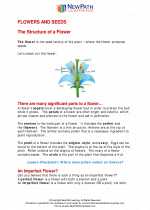 Flowers and seeds
Flowers and seeds  Activity Lesson
Activity Lesson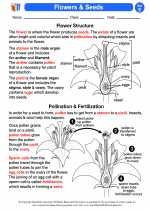 Flowers & Seeds
Flowers & Seeds  Worksheet/Answer key
Worksheet/Answer key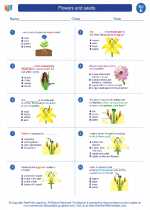 Flowers and seeds
Flowers and seeds  Worksheet/Answer key
Worksheet/Answer key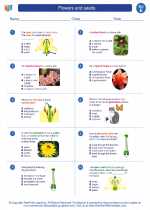 Flowers and seeds
Flowers and seeds  Worksheet/Answer key
Worksheet/Answer key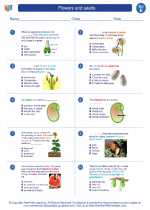 Flowers and seeds
Flowers and seeds  Worksheet/Answer key
Worksheet/Answer key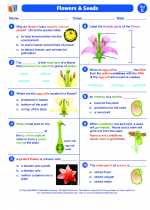 Flowers and seeds
Flowers and seeds  Vocabulary/Answer key
Vocabulary/Answer key Flowers and seeds
Flowers and seeds  Vocabulary/Answer key
Vocabulary/Answer key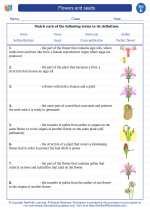 Flowers and seeds
Flowers and seeds 

 Activity Lesson
Activity Lesson
 Worksheet/Answer key
Worksheet/Answer key
 Worksheet/Answer key
Worksheet/Answer key
 Worksheet/Answer key
Worksheet/Answer key
 Worksheet/Answer key
Worksheet/Answer key
 Vocabulary/Answer key
Vocabulary/Answer key
 Vocabulary/Answer key
Vocabulary/Answer key

The resources above cover the following skills:
Life Science
All organisms have structures and systems with separate functions. Students can:
Develop and communicate an evidence-based scientific explanation of the role of different organs or structures that are important for an organism's survival - in both plants and animals